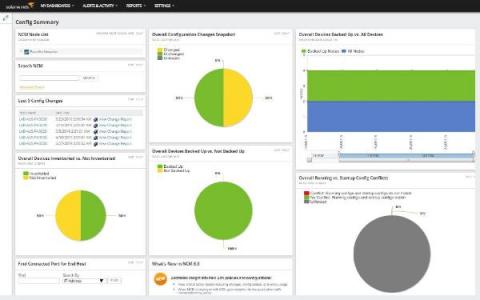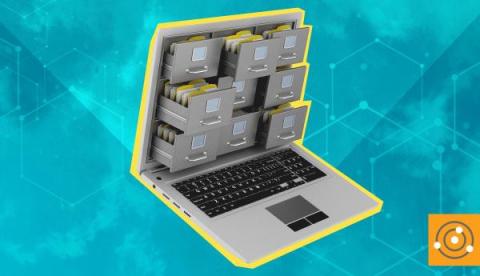Operations | Monitoring | ITSM | DevOps | Cloud
Blog
Pairing best-of-breed datacenters and digital workflows to modernize IT
Since its founding 20 years ago, CyrusOne has grown to be the third largest datacenter provider in the US, serving more than 200 Fortune 1000 customers worldwide. We haven’t reached this level of success by resting—we’re always on the lookout for better ways to serve our customers and new technologies to stay ahead of the game. That’s why one of our recent initiatives was IT automation.
Mail Assure achieves top result in Virus Bulletin testing
We’re pleased to announce that N-able™ Mail Assure has received a top result in an independent test conducted by the Virus Bulletin, an industry-renowned test laboratory and an important reference for specialists and businesses concerned with computer security. So, what exactly is this test and how did Mail Assure achieve such a great score?
How we manage CI sensitive data for our Open Source deployment Engine
Making an Open Source Software with sensitive data and dozens of external integrations is a real challenge, here are feedbacks and tradeoffs we've made.
How the U.S. State Department Can Overcome the Trade-Offs of its Multi-Cloud Strategy
Why you(r boss) should choose Aiven
The Different Types Of Cloud Deployment And Their Pros And Cons
Cloud computing is the on-demand availability of computer system resources without direct active management by the user. Instead, the delivery of said resources is available over the internet, which has made cloud computing a popular digital service that various industries use to operate and manage work tasks. How cloud computing services are implemented, hosted and accessed by users is called cloud deployment. There are different types of deployments, each with defined advantages for users.
How Snyk, TripAdvisor, and Citibank use Grafana to effectively scale observability
It’s one thing to set up an observability strategy. But what’s it like to introduce and scale observability effectively across an organization? In a wide-ranging conversation at ObservabilityCON 2021, three technical pros from Snyk, TripAdvisor, and Citibank joined Grafana Labs VP Global Solutions Engineering Steve Mayzak and — with more than 75 years experience between them — they shared the triumphs and turbulence in their respective observability journeys.
Building safe-by-default tools in our Go web application
At incident.io, we're acutely aware that we handle incredibly sensitive data on behalf of our customers. Moving fast and breaking things is all well and good, but keeping our customer data safe isn't something we can compromise on. We run incident.io as a multi-tenant application, which means we have a single database (and a single application).
History of Open Source Identity Management (part 2)
This is the second blog post (part 1 available here) where we look at the history of open source identity management. This post focuses on Oauth and OpenID, the protocols currently used in modern applications and services. This post does not cover the technical details of the open source identity management standards, which are explained very well in this Okta blog post. Rather, it explains the origins of Oauth and OpenID, and provides insights on the context that led to their creation.











